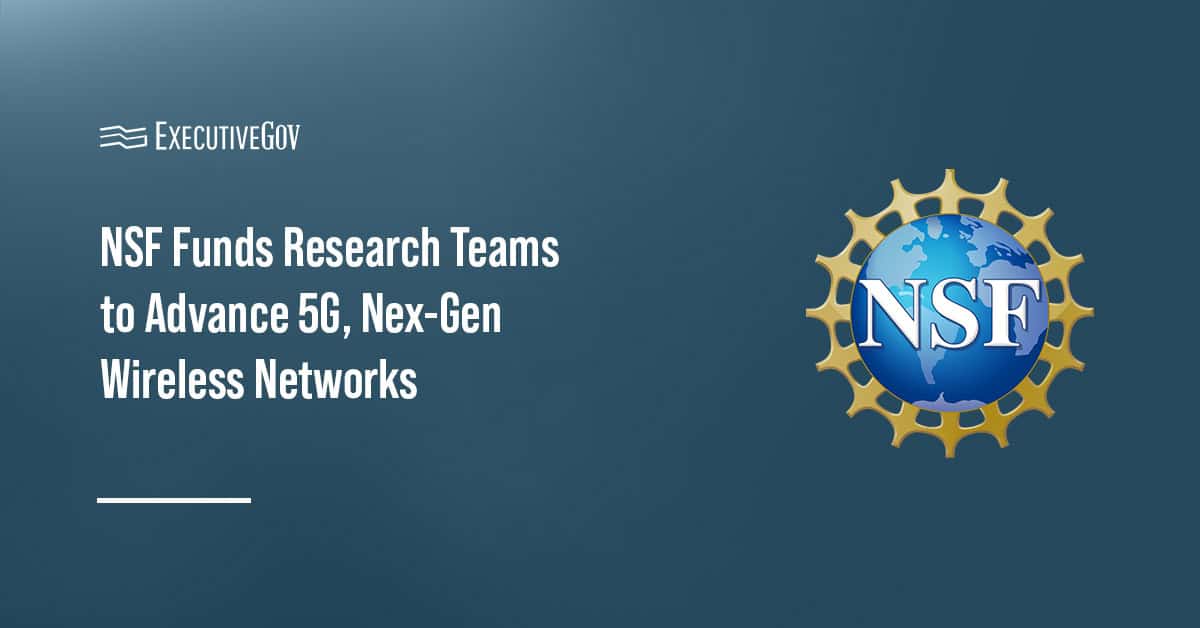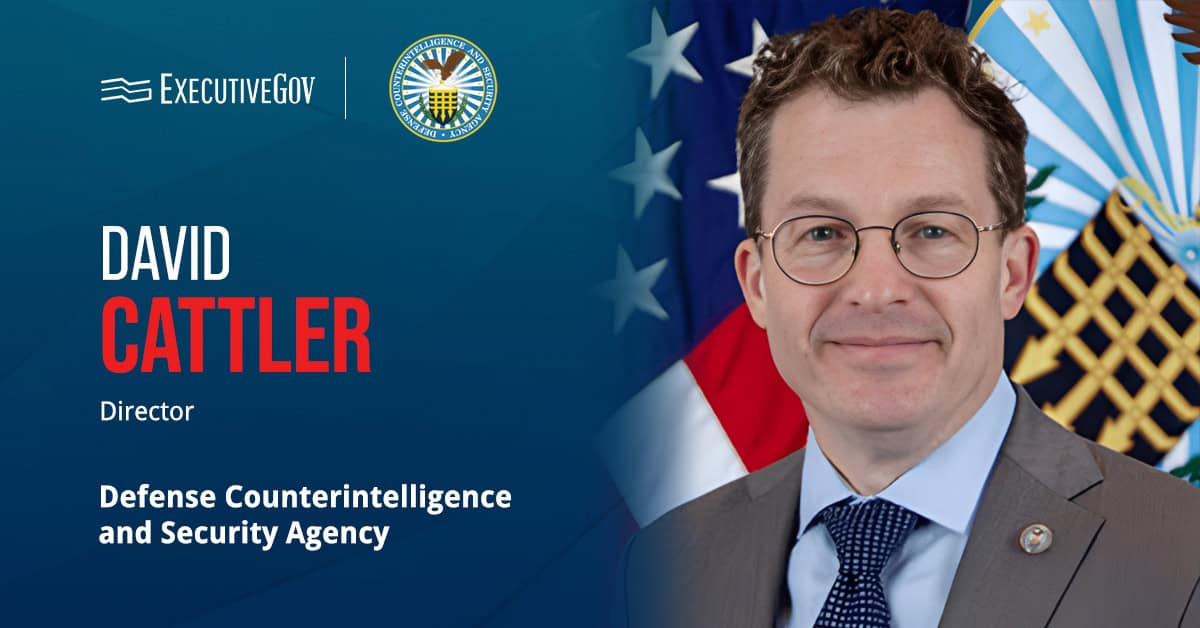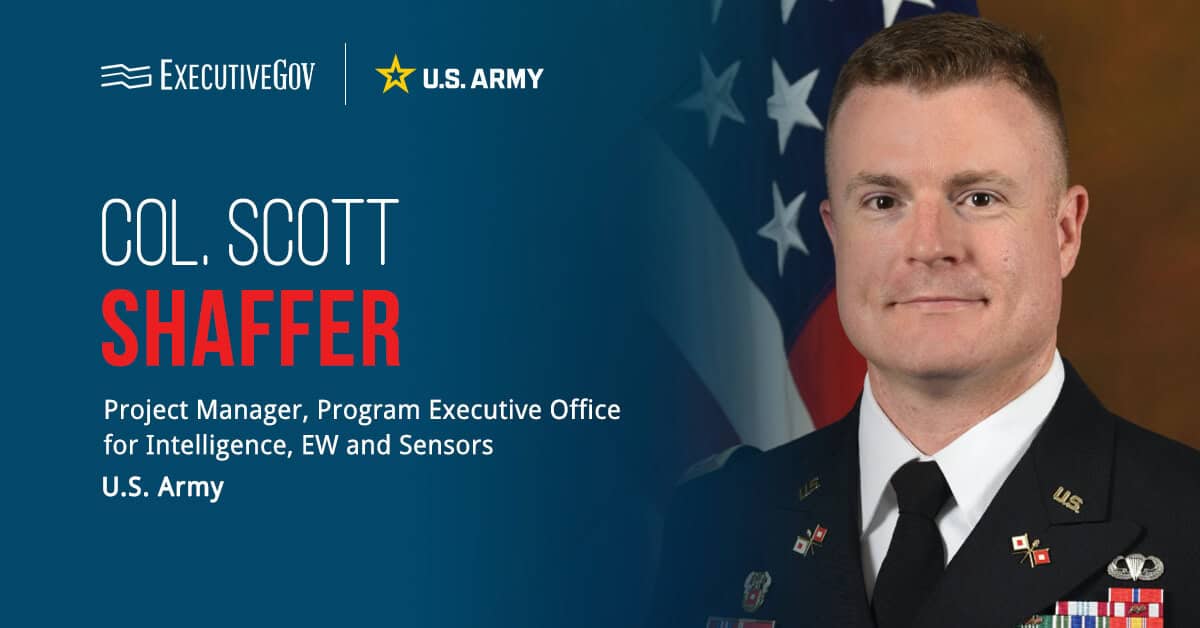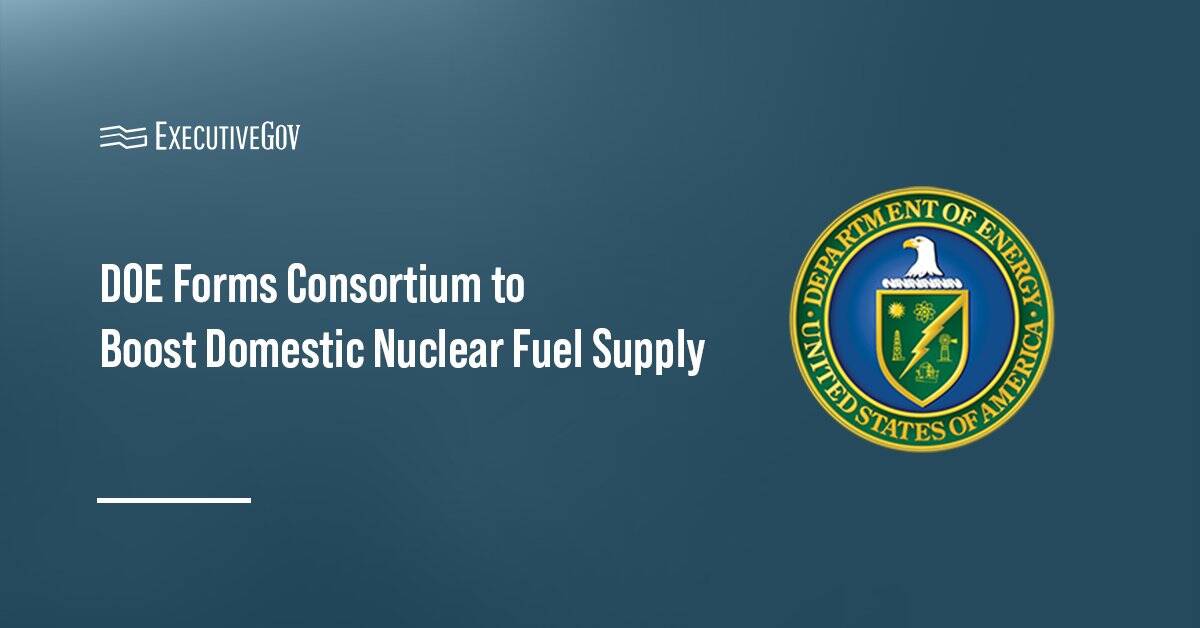The Small Business Administration intends to modify its definition of monetary-based small business size across 263 industries. In a recent notice for proposed rule published on the Federal Register, the agency said the modification would cover 259 receipts-based and four assets-based small business standards.
A proposed rule for changes in employee-based size standards will be issued at a future date
Why Change Small Business Standards?
According to SBA, by adjusting size standards, more firms will qualify as small businesses and capture set-aside contracting and financial assistance opportunities. Government procurement programs have set-aside opportunities for small businesses under SBA’s various contracting and business development programs, including Historically Underutilized Business Zones, or HUBZone; 8(a) Business Development; and Service-Disabled Veteran-Owned Small Businesses. Small businesses can also access SBA’s Economic Injury Disaster Loan, or EIDL, program, which grants a total of $223 million in funding annually.
Moreover, growing firms on the cusp of outgrowing their small business designation under the current standards will retain their small business status for longer.
For the federal government, the size modification will create a larger pool of small businesses and lower prices as a result of increased competition. With an expanded pool of small businesses, SBA also anticipates that agencies will award more small business set aside contracts.
The change will likely not incur direct costs for firms to gain or retain small business status for firms already registered in the System for Award Management, or SAM, website.
SBA is inviting industry to review and submit a comment about the proposed rule by Oct. 2.














